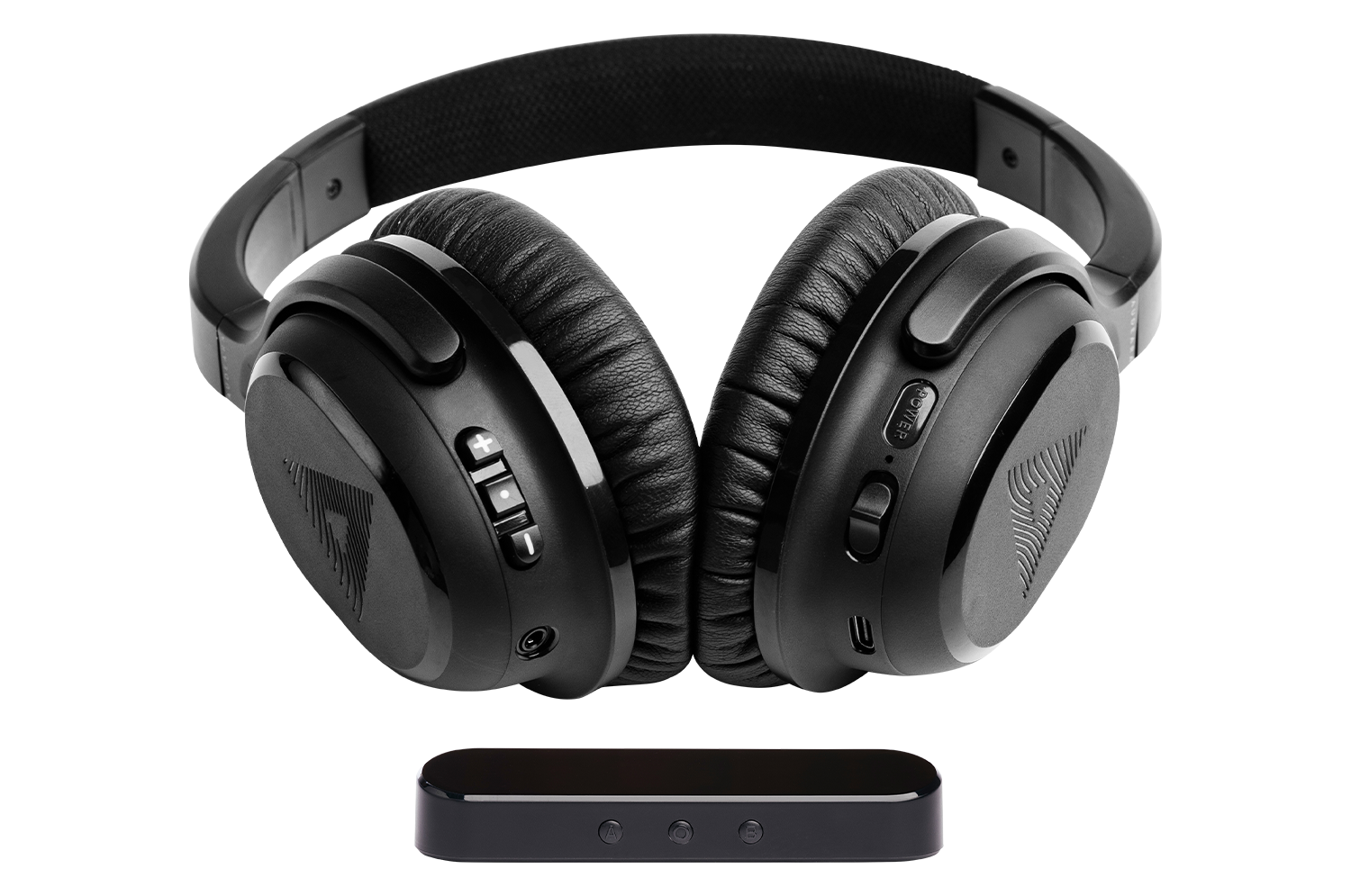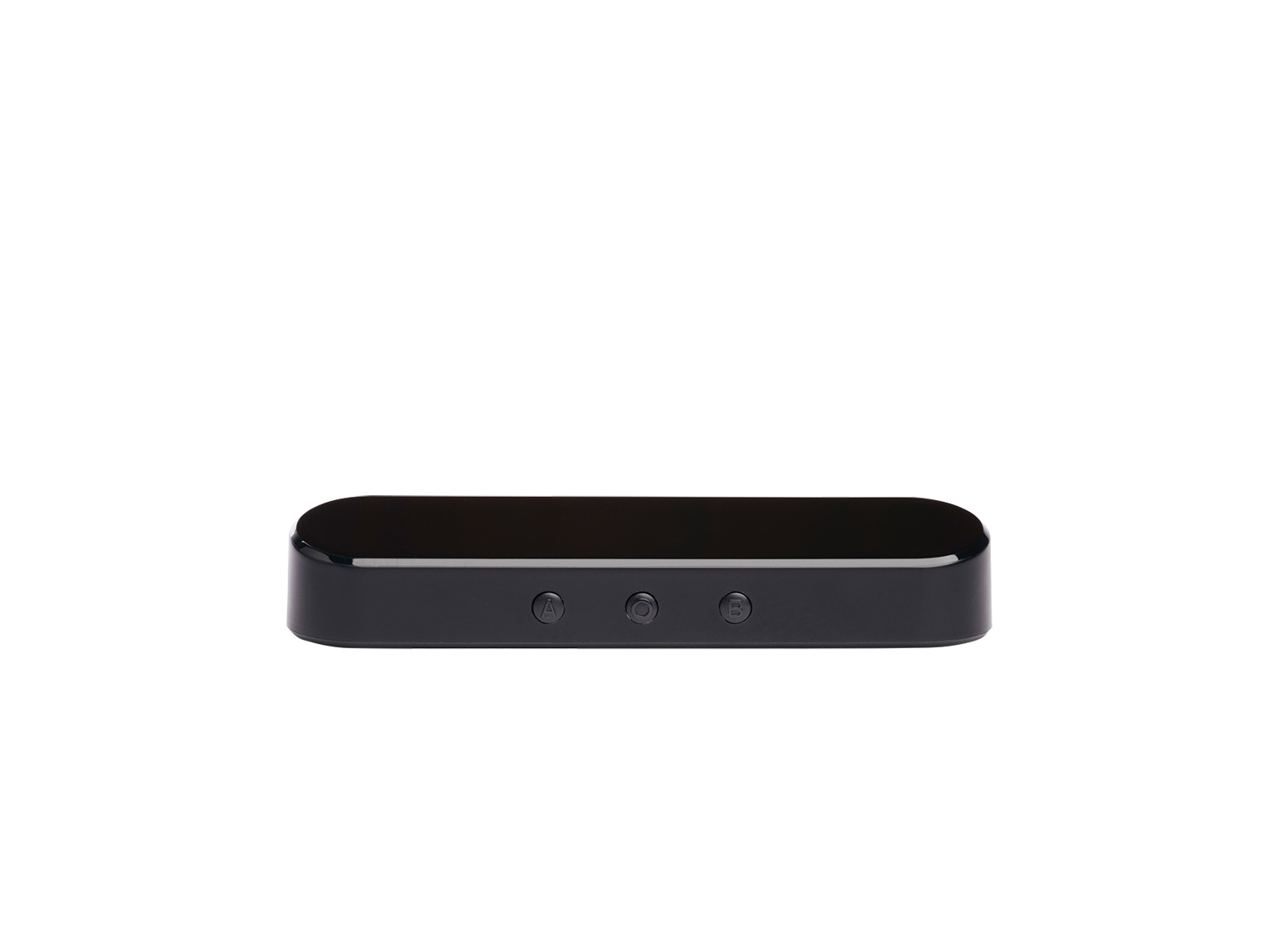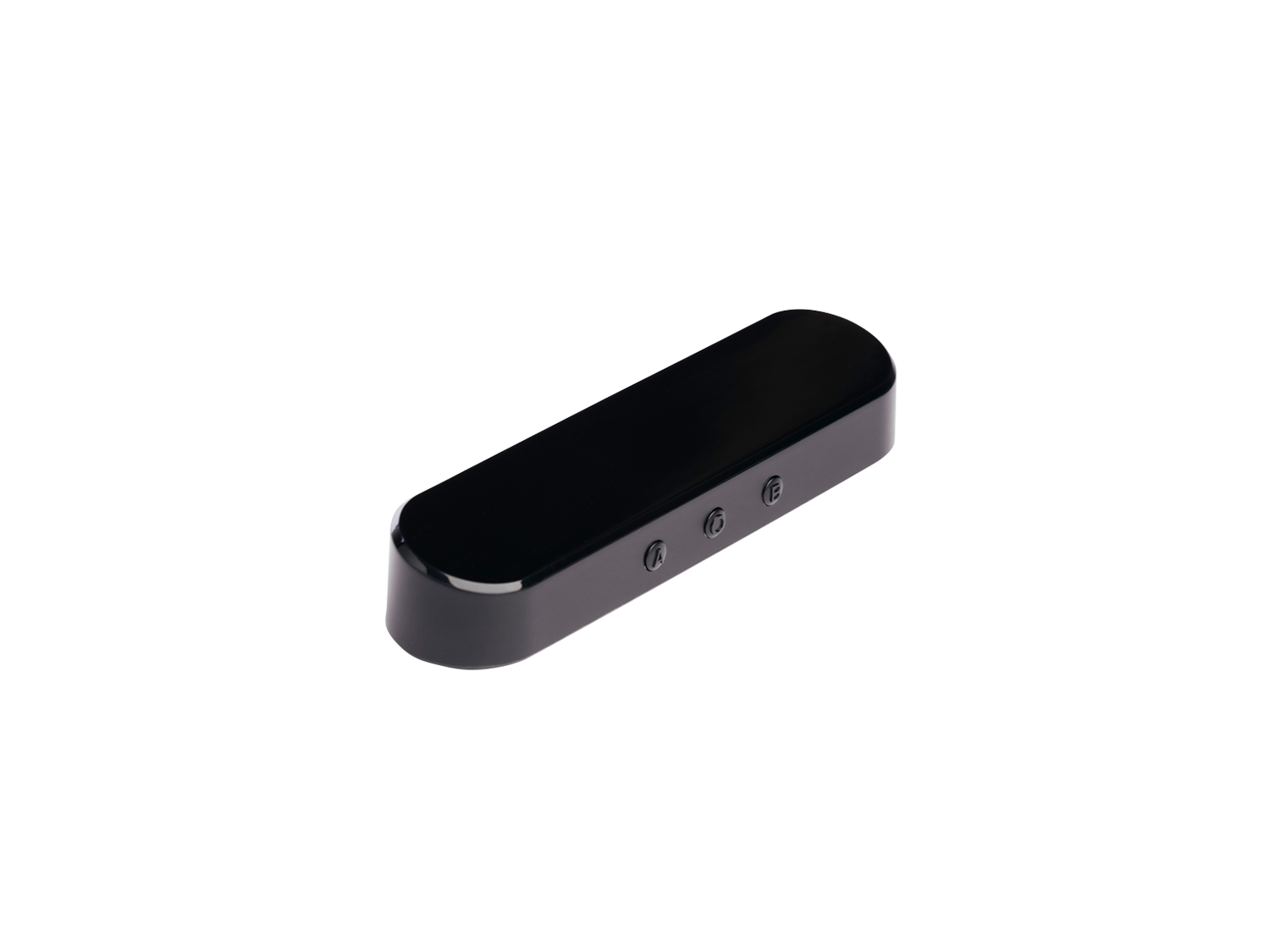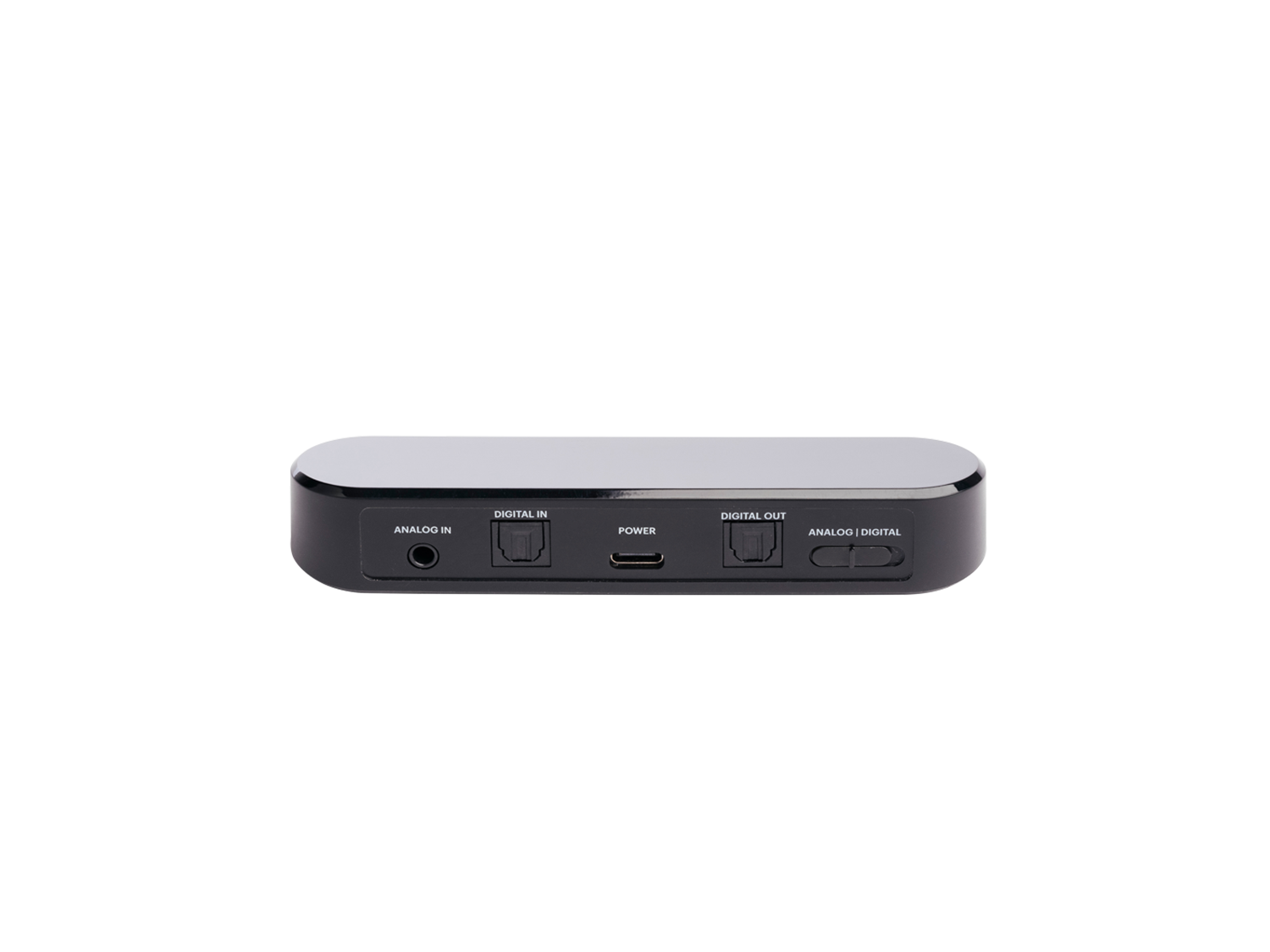TV Headsets & Assistive Listening Devices
What is Assistive Listening Devices?
Assistive listening devices (ALDs) are devices designed to help individuals with hearing impairments or difficulties hear more clearly in various situations. These devices work by amplifying sound or reducing background noise, thereby enhancing the audibility of speech and other important sounds. They are often quite specific to the situation and selecting the right option requires a comprehensive hearing test followed by a discussion regarding your unique needs.
Currently the most common ALD solution is a TV Headset. This is an excellent solution for those struggling to hear the TV clearly or if other complain the TV is too loud.




8 Types of Assistive Listening Devices
Personal Amplifiers
As an audiologist, I often recommend personal amplifiers for one-on-one conversations, especially in noisy environments. These devices consist of a microphone that can be clipped onto the speaker or placed on a table, transmitting the amplified sound directly to headphones or hearing aids. This setup allows for clearer communication and can significantly enhance the listening experience in challenging acoustic settings.
FM Systems
FM systems are micro-radio transmission devices that significantly improve the clarity of the speaker’s voice, making them an excellent choice for educational environments. They are also beneficial for adults in noisy places like restaurants or meetings. By transmitting the speaker’s voice directly to the listener’s hearing aids, FM systems minimise background noise, allowing for better focus and understanding.
Sound Field Systems
Sound field systems are commonly used in classrooms, where a teacher wears a small wireless microphone, and the sound signal is sent to strategically placed speakers around the room. This ensures that all students, regardless of where they are seated, can hear the teacher clearly. These systems can enhance speech perception and reduce listening fatigue for students with hearing loss.
T-Coils and Loop Systems
T-coils and loop systems utilise electromagnetic signals to transmit sound directly to hearing devices equipped with telecoils. These systems are often installed in public spaces such as theaters, museums, airports, and places of worship, providing clear and direct audio input to those with compatible hearing aids or cochlear implants.
Television Headsets and Streamers
Television headsets and streamers are designed to improve the auditory experience of watching TV by picking up signals from the television and sending them directly to headphones or Bluetooth-enabled hearing aids. This technology enhances speech clarity and reduces background noise, making it easier to follow dialogue and enjoy entertainment.
Alerting Devices
Alerting devices are essential for individuals with hearing loss, providing alternative signals such as visual alerts (flashing lights), vibrations, or different auditory signals to alert users to important sounds like doorbells, alarm clocks, or smoke detectors. These devices ensure safety and awareness of environmental sounds that might otherwise go unnoticed.
Smartphone Apps
Modern smartphones offer direct connectivity to hearing aids and various apps that can transcribe speech to text in real-time. These apps can be incredibly useful in diverse situations, from casual conversations to professional settings, by providing immediate visual support to complement auditory input.
Wearable Sensory/Tactile Devices
Wearable sensory or tactile devices are an emerging technology that provides tactile feedback to alert users to sounds in their environment. These devices can be particularly useful in scenarios where visual or auditory alerts may not be practical, offering a discreet and effective way to stay aware of important sounds.
